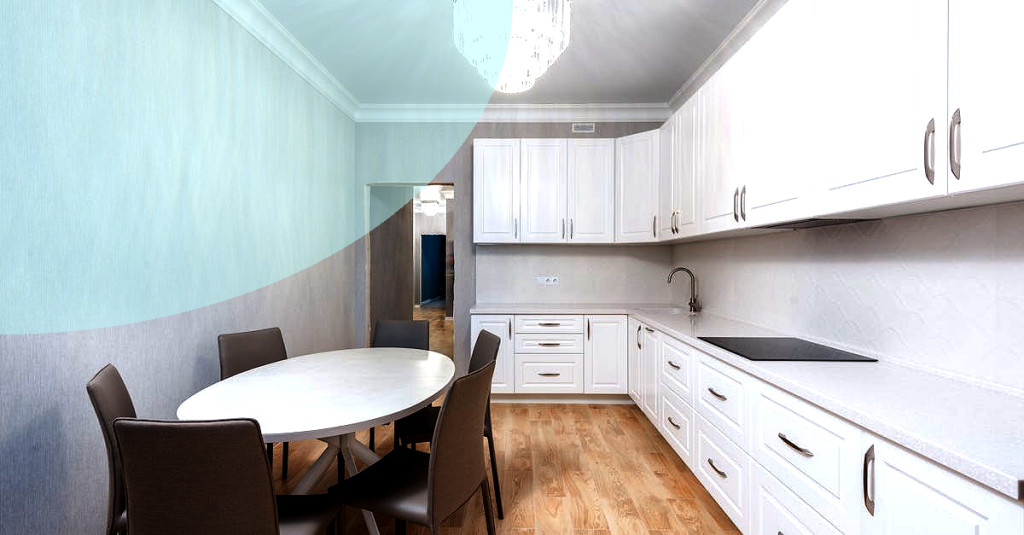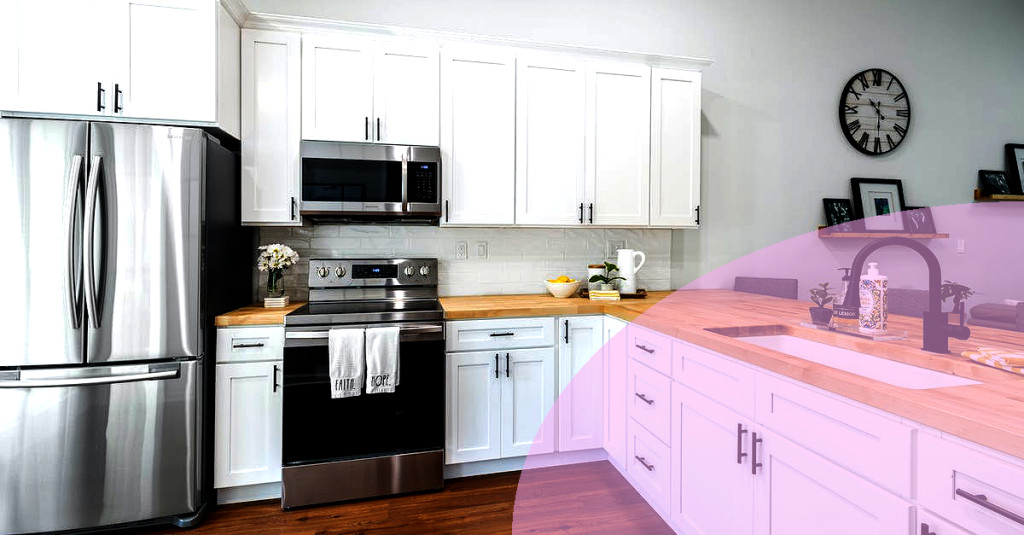How to Deep Clean Your Kitchen: Step-by-step Guide to a Sparkling and Sanitized Space.

Step One: Remove Clutter and Organize
As the heart of the home, the kitchen is a high-traffic area that can quickly become dirty and cluttered. From grease buildup to food residue, there are many places where germs and bacteria can thrive. That's why it's essential to deep clean your kitchen regularly to keep it both sparkling and sanitized. Here is our step-by-step guide to achieve a spotless kitchen in no time!
Step Two: Cleaning the Kitchen Appliances

Before starting your deep cleaning, clear your kitchen countertops and remove any items that don't belong in the kitchen. Organize your kitchen cabinets and drawers by grouping similar items together. This will give you a head start for the next step, and you won't accidentally overlook any areas.
Step Three: Cleaning Your Cabinets and Countertops

Related articles
Your kitchen appliances are the most used items, hence the area where most germs can spread. Remove all removable parts such as oven trays, stove burners, and grill grates. To remove the grease buildup, soak them in a mixture of hot water and dish soap. Scrub them with a non-abrasive scrubber, and rinse under running water after cleaning.
Next, move on to your fridge and freezer. Remove all items from your shelves and drawers. Wipe down the interior with a mixture of hot water and baking soda, then wipe dry with a clean cloth.
For the dishwasher, run an empty cycle with a dishwasher cleaning detergent to remove the buildup of food residue and grease from internal components.
Step Four: Cleaning the Kitchen Sink and Garbage Disposal

Grease and other dirt may accumulate on your kitchen cabinets and countertops, especially around your stove, oven and sink. Start with wiping down your cabinets and drawers using a mixture of hot water and vinegar to remove any dirt or grime. For stubborn stains, use a non-abrasive cleaner and a soft-bristle brush.
For cleaning countertops, choose a suitable cleaner that's compatible with the material. Use a nonabrasive cleaner for gentle surfaces like granite and marble, and use a stronger solution for ceramic or porcelain countertops.
Step Five: Cleaning the Floors

The kitchen sink can quickly become a breeding ground for germs, which is why sanitizing it is crucial. Start by scrubbing the surface and faucet with a non-abrasive cleaner. Then, deodorize and sanitize it with baking soda, vinegar, and warm water.
For cleaning the garbage disposal, pour vinegar and baking soda followed by hot water down the drain. Turn on the disposal for a few seconds and rinse it afterward with warm water.
Lastly, give your kitchen floors a thorough cleaning. Sweep or vacuum your floors to remove any debris before mopping. Use a suitable cleaning solution based on your floor material. For deep cleaning, use steam cleaning, which will sanitize your floors and remove even difficult stains.
By following these step-by-step instructions, you can ensure your kitchen stays clean and sanitized, creating a healthy environment for you and your family. For more cleaning tips and advice, check out Clean My Space or The Spruce.




